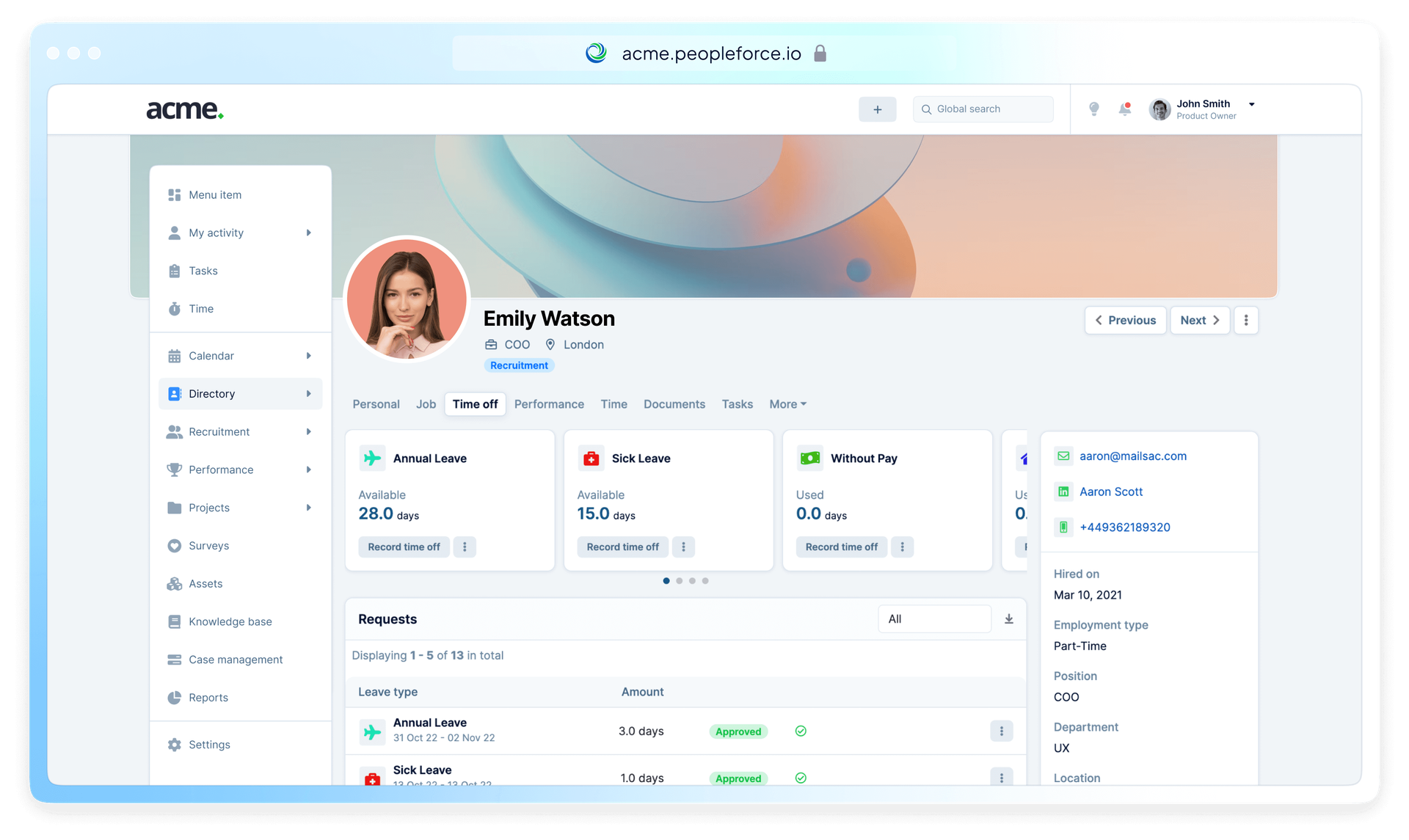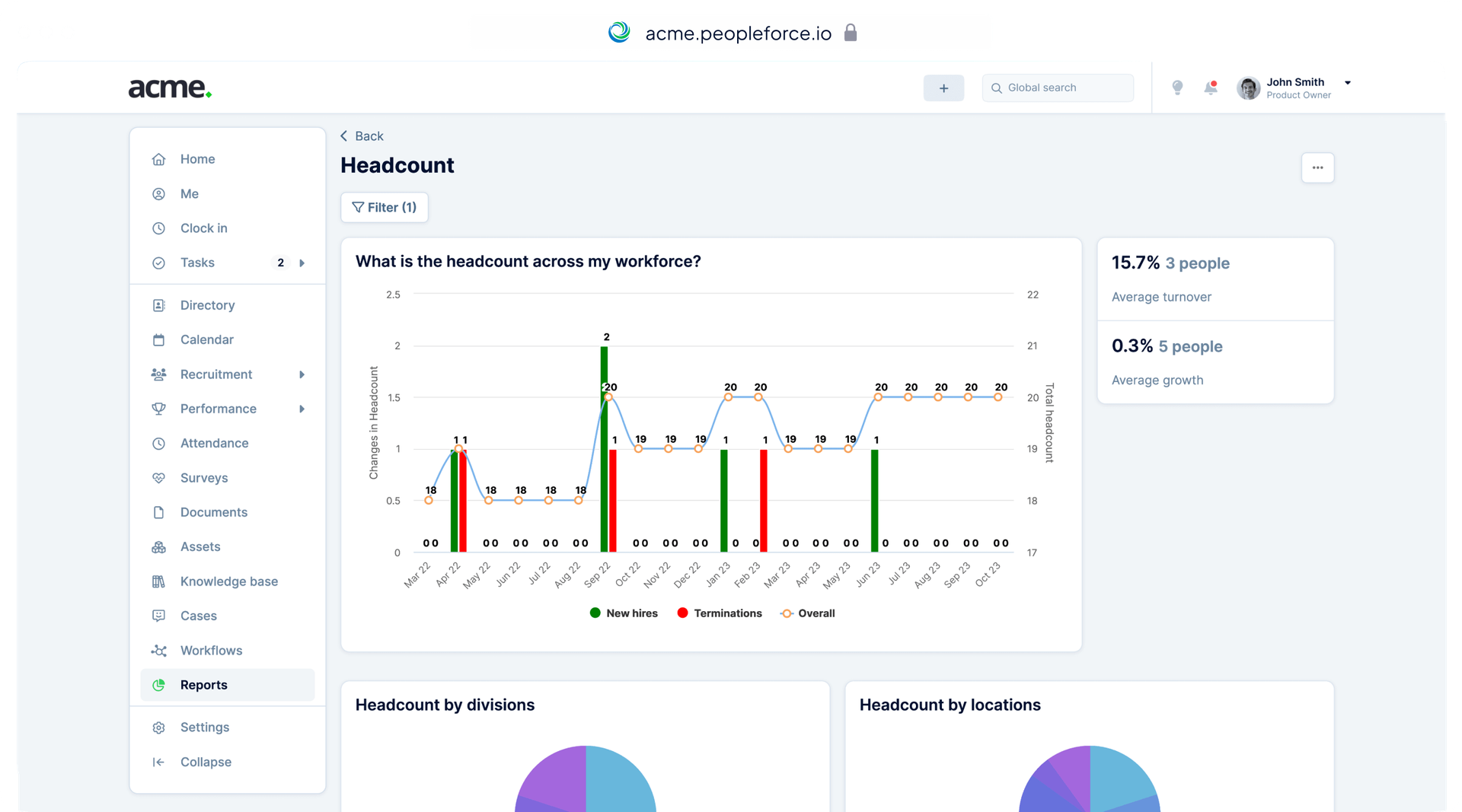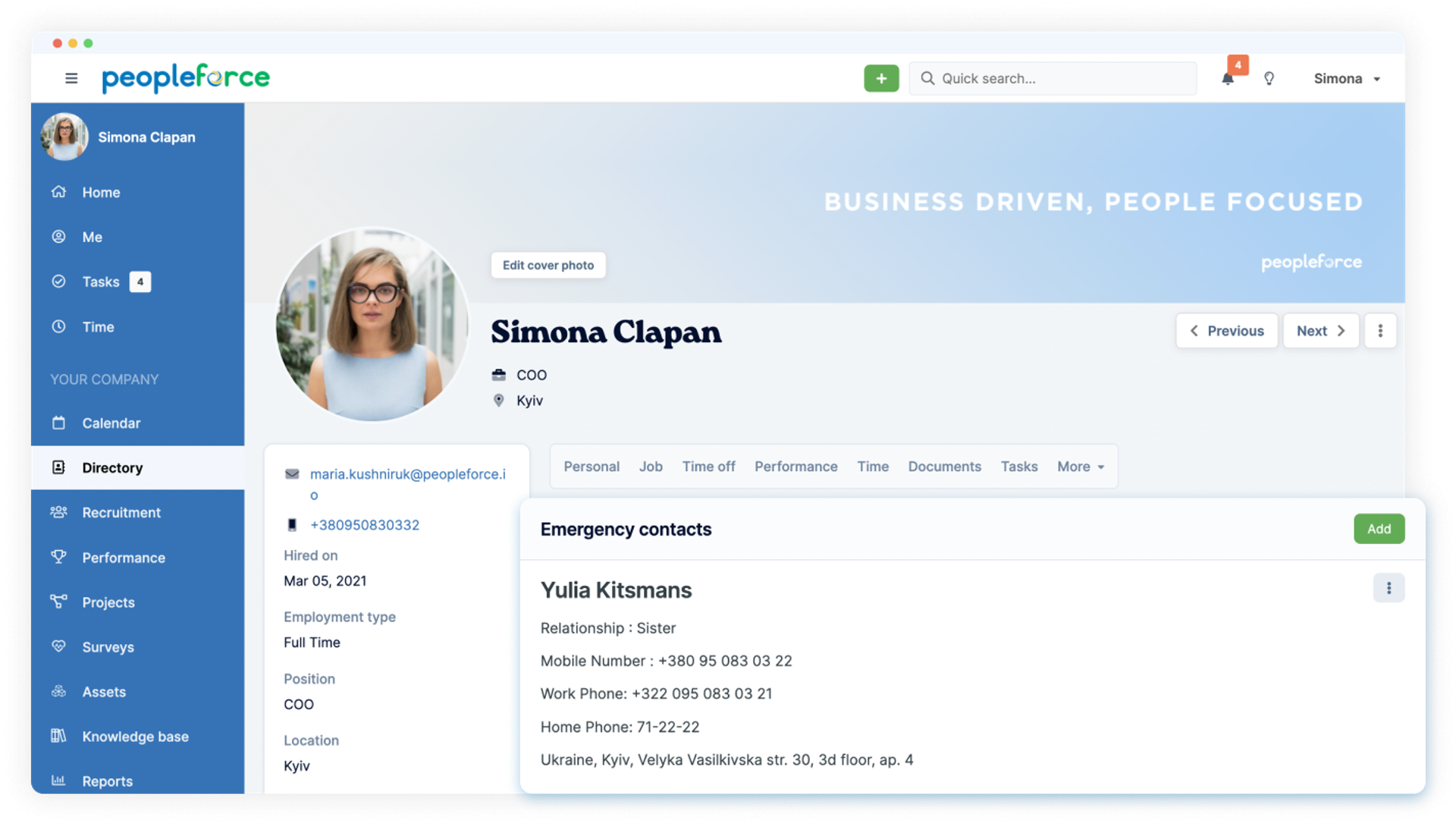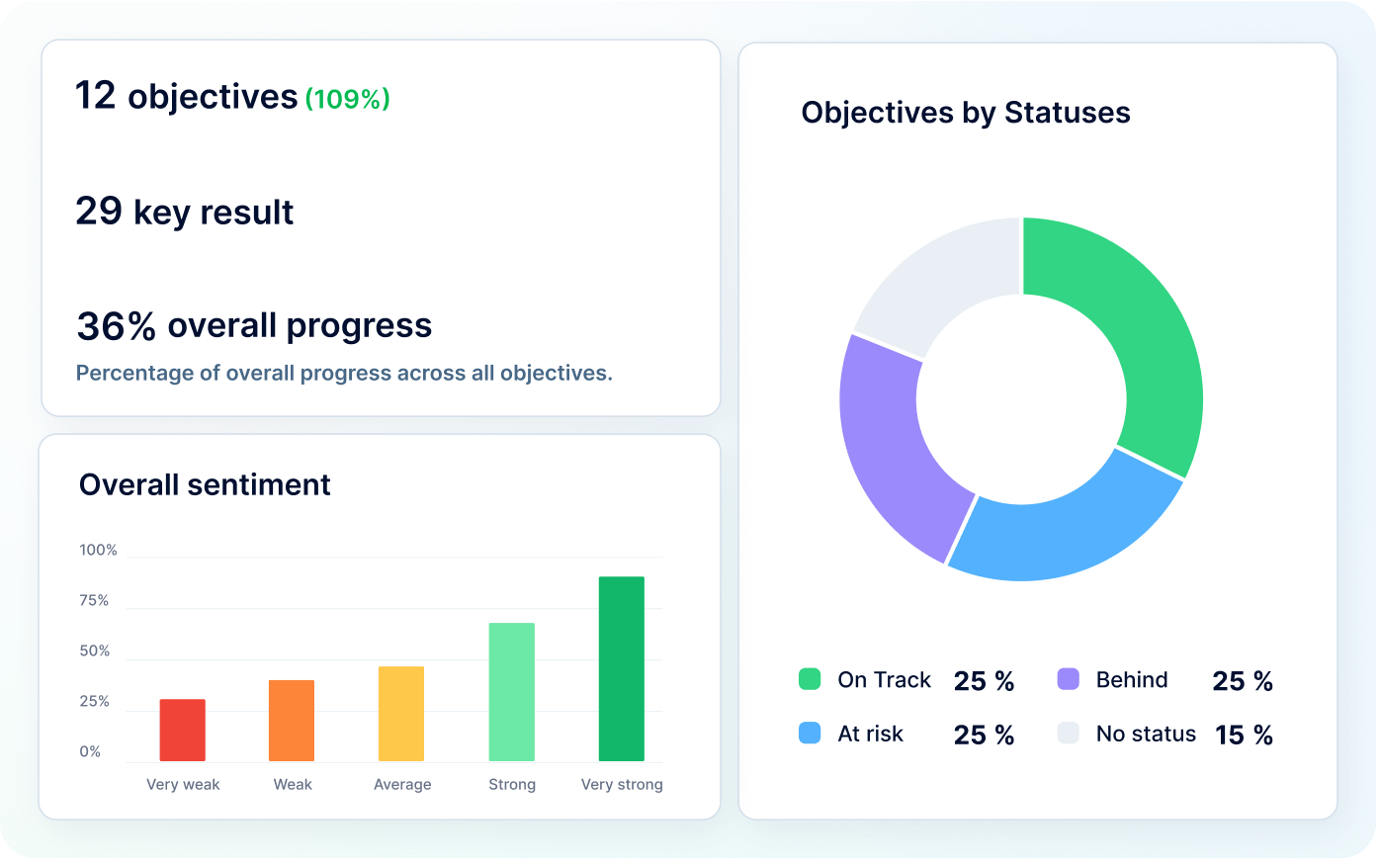
Functions and Objectives of an HRMS
An HRMS , or Human Resources Management System, or Human Capital Management, is a CRM system focused on your own people, not your customers, with tools and supporting technologies to help you attract, engage and retain the right people for your company's success. The processes of recruitment, selection, talent attraction, orientation, staff training and development, performance evaluation, determining compensation and benefits, motivating, maintaining the right relationships with each team member, and ensuring job security are automated in an integrated way by applying HR software and HR analytics.
These systems are oriented to the collection, storage and follow-up of the most important assets of the company: its employees. The mechanical tasks of the hr department are replaced by programs and databases that will make it possible to extract the stored information and perform different complex analyses for decision making. It allows the monitoring of productivity at various levels according to the needs of each segment in the organization and the self-management of the employees to solve by themselves their doubts and requirements.
History of HRMS
1970s. Initially, Human Resources Management was a paper-based function. Companies began to be interested in automating the payroll of their employees as a first necessity. At that time, the available technology was the large computers called "mainframe", which entered the scene for the processing of massive information. Input and retrieval were done through green-screen terminals connected to these mainframes and basic reports were printed on paper, such as employee lists with their associated data.
At the end of the decade, SAP launched the ERP product SAP R/2, which integrated and combined HR management with production planning, materials management and finance management functions in a single database.
1980s. PeopleSoft creates an ERP based on client-server technology that was developed from specific HR functions, unlike SAP R/2 and R/3, where the financial function was the core of the system and the HR software programs were an add-on.
1990s. At the beginning of this decade, new HR management software providers appeared on the market. Oracle and JD Edwards introduced systems with expanded functionalities in the area of human resource management: payroll management, employee benefits, personnel hiring, compensation, performance, training needs and issuance of various reports with the possibility of creating them ad-hoc.
This decade saw the leap to WEB technology, making it unnecessary to install the HRMS locally. The automation of new processes and the attention to information needs at various levels of the company also began, both for managers and employees themselves, through self-management. Job boards were created, which allowed communication between recruiters and applicants.
2000s and 2010s. Cloud technology systems are consolidated as a solution model where the provider maintains the software and performs the relevant updates. The customer pays for the service provided, does not need infrastructure for processing and storage of information, nor staff dedicated to software maintenance.
As of 2020 . Solutions that adapt to any business size and type of human resource management model continue to be innovated. Machine learning and predictive analytics technologies are being integrated into many human resource management systems (HRMS), as well as artificial intelligence to further support recruitment management and onboarding, among others. The trend is to take care of and keep the employee so that the employee takes care of and keeps the customers.
Functions and Objectives of an HRMS
An HRMS makes it possible to streamline, accelerate, automate and optimize the processes of the human resources department. If you want to have a complete and integrated human resource management system (HRMS), the entire life cycle of the employee in the company must be digitized, from entry to exit for any reason. Another important function is that employees themselves can use the tool to search for resources, modify their profiles, manage their absences, enter invoices, payments and remuneration. The aim is to prevent the human resources department from acting as an intermediary between the employee and the information they have created or that belongs to them.

The most common modules of an HRM software are:
- Information storage (database)
- Employee self-service
- Onboarding and adaptation
- Recruitment
- Employee engagement (Surveys)
- Performance management
- Benefits administration
- Workforce management
- Absence and leave management
- Learning and development
- Talent management
- Case management
- Time management
- HR Analytics
- Payroll

Why HRMS is important
Companies are interested in developing a corporate vision and work culture that reflects the strength of the company in the eyes of its customers. A human resources management system provides a lot of information about the employee from the moment he/she is hired until the end of the employment relationship. On this platform, it is possible to communicate the rules and security measures that guarantee ethical and correct behaviour by all the actors in the company. Of course, it is very important to invest efforts and financial resources in the right solution and in a reliable HRMS provider.
- Provide a communication channel
A human resources management system ensures the rapid exchange of information between all levels in a closed loop where opinions, decisions and points of view can be freely shared. The adaptation of new employees to the work environment can be carried out with maximum efficiency. The system allows onboarding to be customized and controlled in a single system.
- Promote transparency
Transparency in the workflow enables employees to have an overview of processes, to know what is going on around them and to cooperate with their colleagues. Access to and exchange of information between different departments is facilitated by the communication channels provided by the system.
- Performance management
Using an hr management system (HRMS) it is possible to set and evaluate the goals for each employee, team or company, monitor goal achievement progress and the efficiency of the company.
- Improves the effectiveness of the organization
The HRMS substantially improves a company's efficiency. As an integrated system, it enables consistency and coherence of results in the management of the different HR activities. The results, as well as everything that happens in the company, can be communicated at all levels. Company goals can be established and disaggregated down to individual objectives, allowing progress, deviations and appropriate corrective actions to be visualized. It promotes teamwork and facilitates communication among employees. All this strengthens engagement and translates into greater productivity and growth of the organization.
HRMS Features
Each HRMS can offer different functionalities and there are HRMSs on the market that best fit the size and needs of each company. Finding the HRM that fits your business needs is fast and easy with PeopleForce. PeopleForce is an HR automation platform that facilitates and optimizes the HR functions and recruiting process. PeopleForce helps to save the time of hr professionals and to focus on what’s important – people.

Overall, the system defines 6 core HR processes:
- PeopleHR - this is the main part of the platform where all information about each employee is stored, leave, documents are regulated and reported, you can customize employee onboarding and offboarding, keep internal communication, see the calendar of all events: holidays, vacations, birthdays. The system has an HR analytics module that automatically generates your HR reports and analysis, in a timely manner, taking into account the latest data from the database.
- PeopleRecruit - for recruiters and HR specialists, who work with resumes and candidates, generate job openings and coordinate the hiring process. It allows collecting information about candidates and parsing resumes through PeopleForce Prospector. This extension will automatically link candidates to open positions in your team.
- PeoplePulse - this module provides businesses the ability to send surveys to employees in order to find out how satisfied they are and assess the situation in the company. You can create your own questions or use ready-made templates from the system, set the dynamics of sending and see a dashboard with all the metrics based on the results.
- PeoplePerform - this module helps to evaluate the company's performance with OKRs, monitor KPI’s, 1-on-1 meetings, 360-degree feedback. You can easily conduct performance reviews, set and assess goals for each employee, team, or company, and monitor the status of goals and changes in results so that the team is more efficient and successful.
- PeopleTime - this module helps you track each employee or project's time and keep track of efficiency.
- PeopleDesk - help you to manage all organizational or work-related issues with HR-manager, the management or other problems, notes, appeals or complaints from the team.
Benefits of an HRMS
Managing human resources is nowadays a priority for companies that must attract the best talent to position themselves in the market, which is why the implementation of an HRMS widely favours the achievement of this objective in terms of:
- Redirection of efforts. The implementation of an HRMS allows the automation of mechanical and repetitive tasks that take time away from the managers' strategic tasks, which are the most important for the company and the most challenging for them.
- Monitoring of KPI's . HRMS facilitates the evaluation of the company's growth in terms of productivity, performance and customer satisfaction. Examples of KPI's could be employee turnover, level of absenteeism, and achievement of objectives.
- Task optimization. An HRMS allows the collection of relevant data and centralizes it in a segmented database, automates workflows and provides online visibility of what is happening in the company by generating tables, reports and graphs.
- Enables self-management. Any questions employees have about aspects of their hiring and performance can be answered by consulting the system. This gives autonomy to the employee and relieves the workload of the hr department. Some functionalities include requesting vacations, sending documents, conducting evaluations or submitting complaints.
- Protects sensitive data. HRMS provide security and protection against hacking of company and employee data. They also prevent access by unauthorized users. Each employee can view his or her data with secure passwords and cannot access other employees' information if he or she is not authorized according to company rules. The system also allows user profiles to be set up, so HR managers can establish what type and amount of information each profile can view and update. Adding a password manager within an HRMS further safeguards each employee's login credentials, reducing the risk of unauthorized access while keeping sensitive data well-protected.
- Cost-effectiveness. An HRMS helps to reduce costs by reducing the time spent on tasks that were previously done manually. In addition, the storage of information in HRMS software leads to substantial savings in physical space. Man-hours are reduced in the control and follow-up processes, thanks to the automation of these processes. The integration provided by the system avoids the generation of errors and the investment of efforts in their correction.
- Recruitment management system . You can create jobs and post them to job search sites, saving you time for more important tasks.
- Performance Management . Set and evaluate goals for each employee, team or company, monitor goal achievement progress and efficiency of the company.
- HR Reporting and People Data . Your HR reporting and analytics will always be relevant and timely, because the system will automatically generate them at any moment, taking the latest data from the database.
Frequently Asked Questions
What is an abbreviation of HRMS?
HRMS: Human Resources Management System
What is the difference between HRIS and HRMS?
HRIS: Human Resources Information System; HRMS: Human Resources Management System.
The difference between the two is established by the functionalities they involve and the HR processes they support. The scope of both is notably different, the HRMS includes the functionalities of the HRIS and other additional ones.
What does HRMS do?
Supports all HR processes related to an employee, from hiring to retirement. Allows users to perform tasks, analyze critical data trends, create and manage reports. Manages dynamic or frequently changing information such as attendance, vacations, payroll, performance, evaluation, meetings, etc.
What problems does HRMS solve?
- Efficient onboarding and adaptation
- Develop a training and development offering for employees aligned with business objectives.
- Decrease employee turnover.
- Increase the operational efficiency of organizations and replace manual HR administration tasks.
- Employee data management
Get started with PeopleForce today
Automate your HR routine to create a high performance culture in your company. PeopleForce is your best HRM alternative to stay business driven but people focused.

Recent articles
🎉 PeopleForce Wrapped 2025: a year of HR magic
2025 wasn’t just about shipping features — it was about making HR work better at scale. Let’s unwrap everything we built together.
OKRs vs. KPIs: Choosing the right framework
Unsure when to use OKRs or KPIs? Learn how to choose the right framework to maximize your team’s success.
Why OKRs feel like hell (and how to make them simple)
Why OKRs feel like chaos: missed goals, messy reviews, and burnout. Learn how to simplify goal-setting and reclaim clarity quickly.

